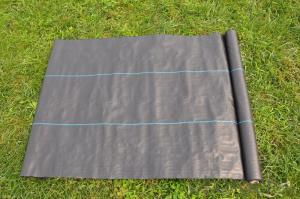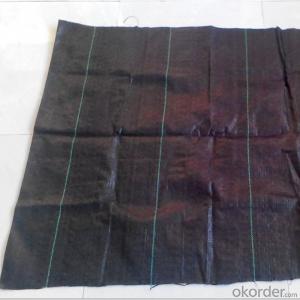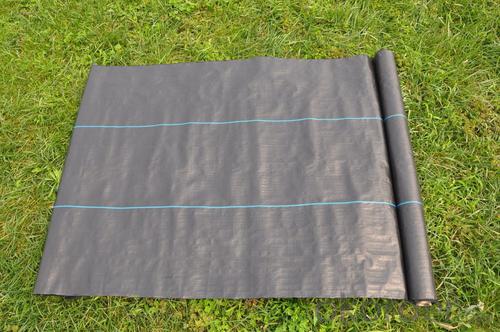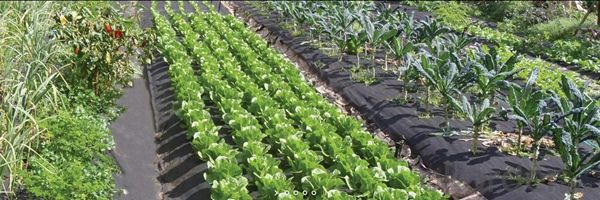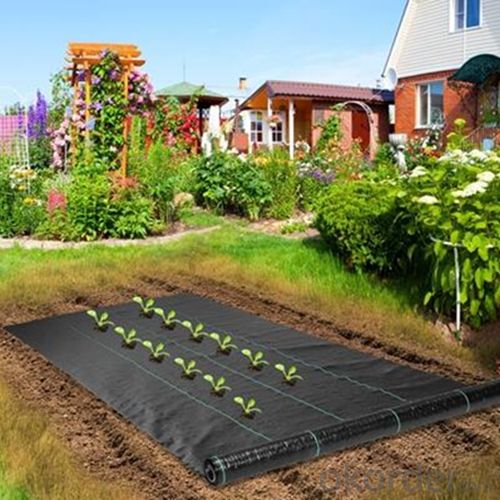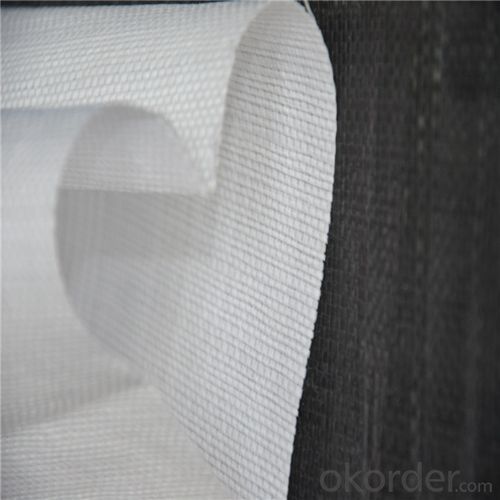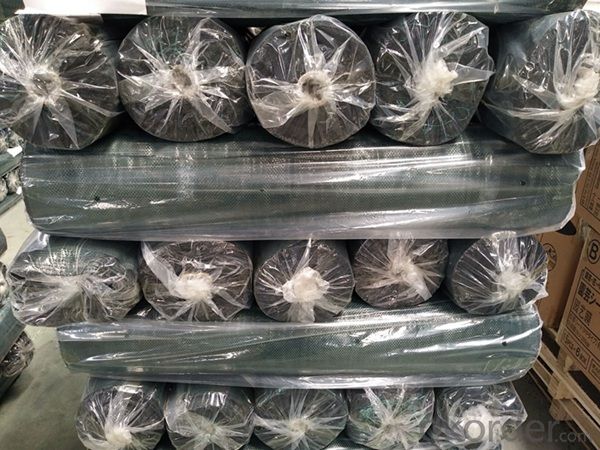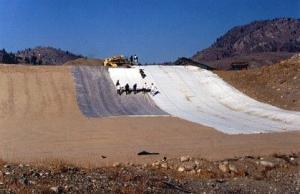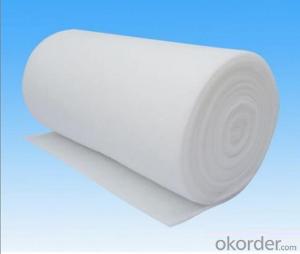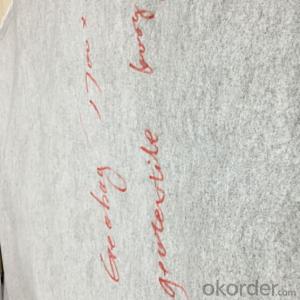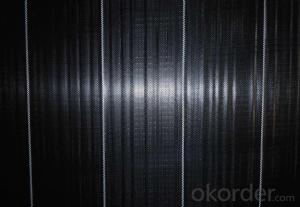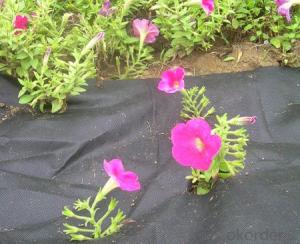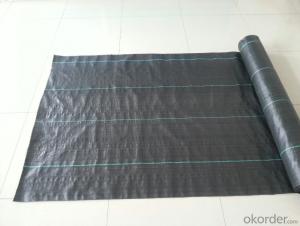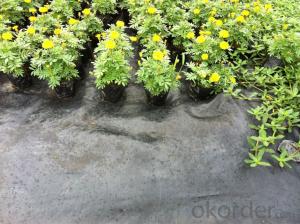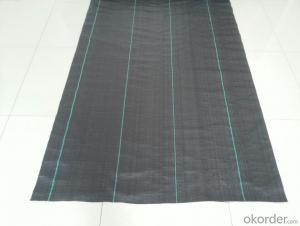Hersteller Geotextil Recycled Material PP Woven Weed Control Mat, PP Woven Weed Barrier Fabric
- Loading Port:
- Qingdao
- Payment Terms:
- TT or LC
- Min Order Qty:
- 10000 m²
- Supply Capability:
- 500000 m²/month
OKorder Service Pledge
OKorder Financial Service
You Might Also Like
Product Description
The weed control mat is made of environmentally friendly raw materials, pp woven fabric. It used to prevent the growth of weed,
without the use of potentially dangerous chemical sprays or labor intensive hoeing. Once installed, weed mat will continue providing
protection for years without maintenance.
They are permeable fabrics, which allow air, water and nutrients to pass through, and designed to block out the sun to reduce
photosynthesis and stop weed growth.
Specification
Item | Ground Cover / Weed Control Mat |
Material | 100% Polypropylene,with or without uv |
Aniti-UV Rate | can be customized(1%---4%) |
Width | 600 mm ~2400mm (max 2.4m, can be cut into any size) |
Length | 50M, 100M, 200M, as per request |
Weight | 90gsm ~ 100gsm, as per request |
Mesh Type | Square & sesame |
Color | Black, as per request |
Roll Diameter | 1.1 meter |
Loading Qty. | 5-6 Tons Per 20' fFT Pack in rolls with card tube in center and be wraped in PE or as customer need. |
Delivery | 15-20 Day Per 20' GP |
Features
1. Weed suppressant and drainage control landscaping fabric
2. Easy to use, Environmentally friendly
3. Allows water, air and nutrients through, suppressing weeds without the use of chemicals
4. Reduces the level of watering required due to the slower rate of water evaporation
Application
1. Excellent Weed Control
2. Moisture, fertilizers, air reach plants to allow for healthy soil
3. Good water and air permeability
4. Exceptional toughness and strength
5. Durable, tear-resistant; won't rot or mildew
6. Lightweight, easy to install, follows natural ground contours
7. Ideal for use in landscaped beds, under decks and walkways.
Packaging & Delivery
| Packaging Details: | Packed In Roll Or In Bales Or Cartons Or According To Customers Requirement |
| Delivery Detail: | 20 Days After Order Confirmed |
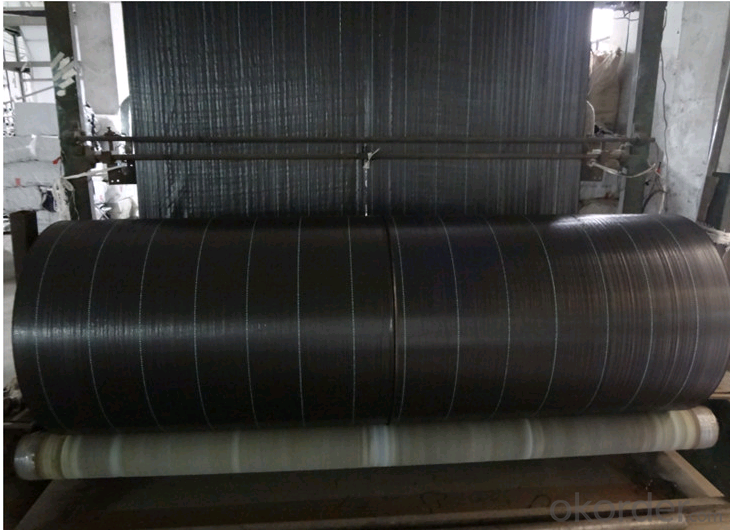
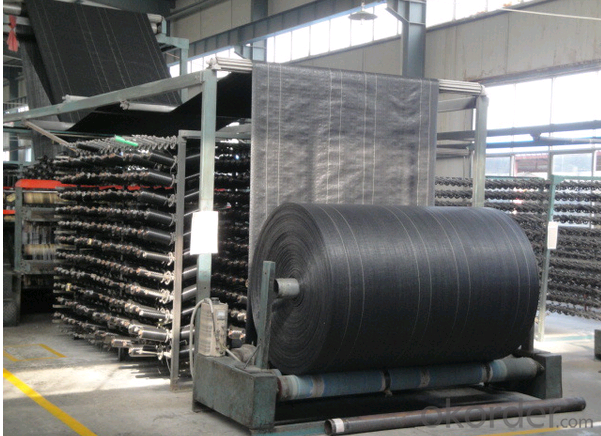
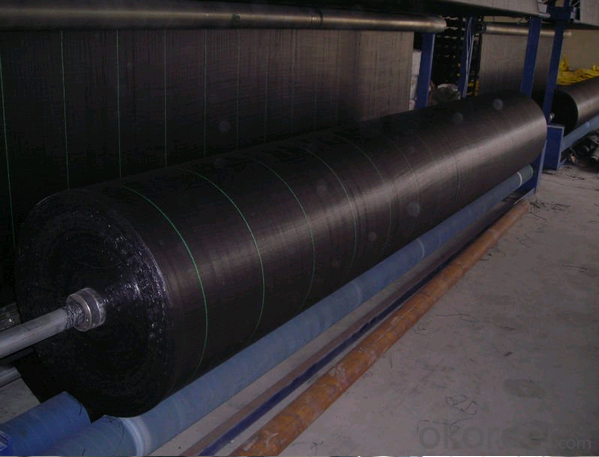

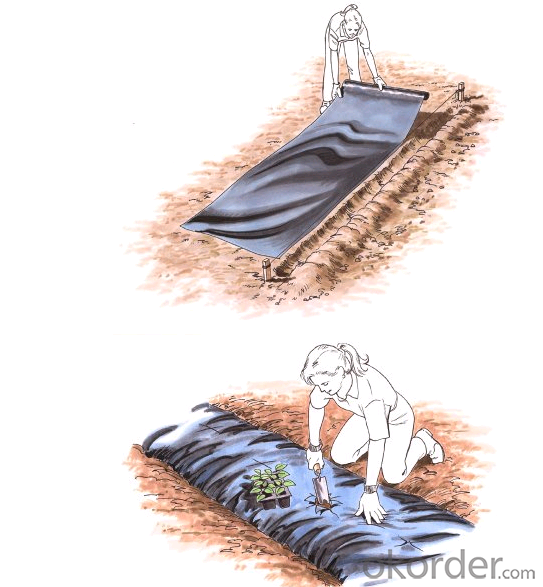
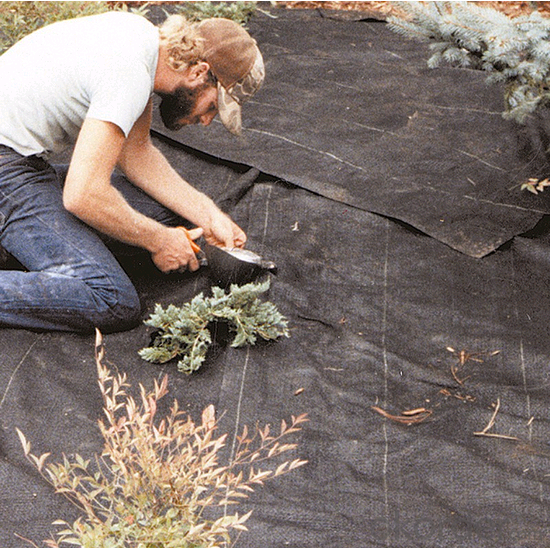
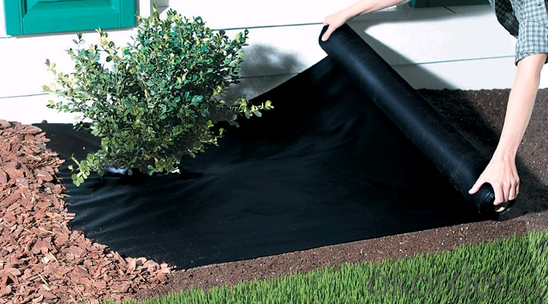
- Q: How are geotextiles used in civil engineering?
- Geotextiles are extensively used in civil engineering as a versatile material for various applications. They are commonly employed for soil stabilization, erosion control, drainage management, and reinforcement purposes. Geotextiles can be installed to prevent soil erosion on slopes, act as a separation barrier between different soil layers, provide filtration in drainage systems, and enhance the strength of embankments or roads. Their permeable nature allows for water and gas flow while effectively retaining soil particles, making them an essential component in many civil engineering projects.
- Q: Can geotextiles be used for erosion control in golf courses?
- Yes, geotextiles can be used for erosion control in golf courses. Geotextiles are permeable fabrics that can be installed to stabilize soil and prevent erosion by providing a barrier against water flow. They are commonly used in various landscaping applications, including golf course construction and maintenance, to control erosion and improve soil stability.
- Q: What are the key considerations for geotextile installation in cold climates?
- There are several key considerations for geotextile installation in cold climates. First, it is important to choose a geotextile material that is specifically designed for cold weather conditions. This ensures that the material will not become brittle or easily damaged in freezing temperatures. Additionally, proper site preparation is crucial, including removing snow and ice from the installation area to ensure a stable base for the geotextile. It is also important to properly anchor the geotextile to prevent shifting or movement due to freeze-thaw cycles. Overall, careful selection of materials and proper installation techniques are essential for successful geotextile installation in cold climates.
- Q: What are the geotechnical test test items for highway engineering? The
- Unit area weight or tensile strength, CBR burst strength, these two are the most basic, the other is not too important
- Q: Are geotextiles suitable for use in landfill applications?
- Yes, geotextiles are suitable for use in landfill applications. Geotextiles can effectively control erosion, provide drainage, and enhance soil stability in landfills. They also help in preventing the migration of fine particles and provide separation between different layers of waste materials, ensuring proper functioning and longevity of the landfill.
- Q: What is the latest price of geotextile?
- Ask the geotextile price is too general, because the standard too much. Short wire, filament, polyester; non-standard, GB and so on. Ton price is generally between 4900-7500 yuan / ton, but the weight <200g, an increase of 100 yuan / ton; weight> 800g, an increase of 500 yuan / ton.
- Q: Basement roof cover soil thickness and geotextile shop in what position,
- The size of the thickness of the roof cover of the basement garage is in the specification of the air defense design
- Q: What are the applications of geotextiles?
- Geotextiles find extensive applications in various industries and sectors. They are commonly used in civil engineering for soil stabilization, erosion control, and drainage. Geotextiles also play a crucial role in the construction of roads, railways, and embankments by providing reinforcement, filtration, and separation functions. Additionally, they are utilized in environmental projects like landfills, coastal protection, and wastewater treatment. Geotextiles offer versatility, durability, and cost-effectiveness, making them an essential component in infrastructure development and environmental conservation.
- Q: Polyester geotextile filter layer sets what the amount
- Polyester filament geotextile Features: Polyester filament geotextile is made by polyester method by spinning acupuncture consolidation directly made, product specifications from 80-800g / m2 arbitrary choice, it is geotechnical engineering and civil engineering In the application of a geosynthetics, polyester filament into a network and consolidation method, the fiber arranged in three-dimensional structure. In addition to good mechanical properties, but also has a good vertical and horizontal drainage performance and good extension properties and high resistance to biological, acid and alkali, anti-aging and other chemical stability. At the same time, it also has a wide pore size range, tortuous pore distribution, excellent permeability and filtration performance. Polyester filament geotextile Uses: water conservancy project dam and slope protection of the filter, channel isolation, seepage; road, rail, airport runway foundation isolation, filter, drainage, slope, retaining wall and road reinforcement, Drainage; Port Engineering soft foundation treatment, beach embankment, harbor wharf and breakwater reinforcement, drainage; polyester filament geotextile has been widely used in the field of infrastructure construction, and gradually applied to a wider range of areas. Geosynthetics are the general term for synthetic materials for civil engineering applications. As a kind of civil engineering material, it is a synthetic polymer (such as plastic, chemical fiber, synthetic rubber, etc.) as raw materials, made of various types of products, placed in the soil, the surface or between the various soil , Play to strengthen or protect the role of soil. "Geosynthetics application of technical specifications" will be divided into geotextile geotextile geotextile, geomembrane, geotextile special materials and geotextile materials, geotextile, fiberglass, geotextile and other types.
- Q: How are geotextiles used in sports field construction?
- Geotextiles are used in sports field construction to stabilize the soil, improve drainage, and prevent the migration of soil particles. They are commonly used as a base layer under the turf to enhance the field's durability and longevity. Additionally, geotextiles help to reduce the risk of erosion and maintain the field's evenness, allowing for optimal playing conditions.
Send your message to us
Hersteller Geotextil Recycled Material PP Woven Weed Control Mat, PP Woven Weed Barrier Fabric
- Loading Port:
- Qingdao
- Payment Terms:
- TT or LC
- Min Order Qty:
- 10000 m²
- Supply Capability:
- 500000 m²/month
OKorder Service Pledge
OKorder Financial Service
Similar products
Hot products
Hot Searches
Related keywords
